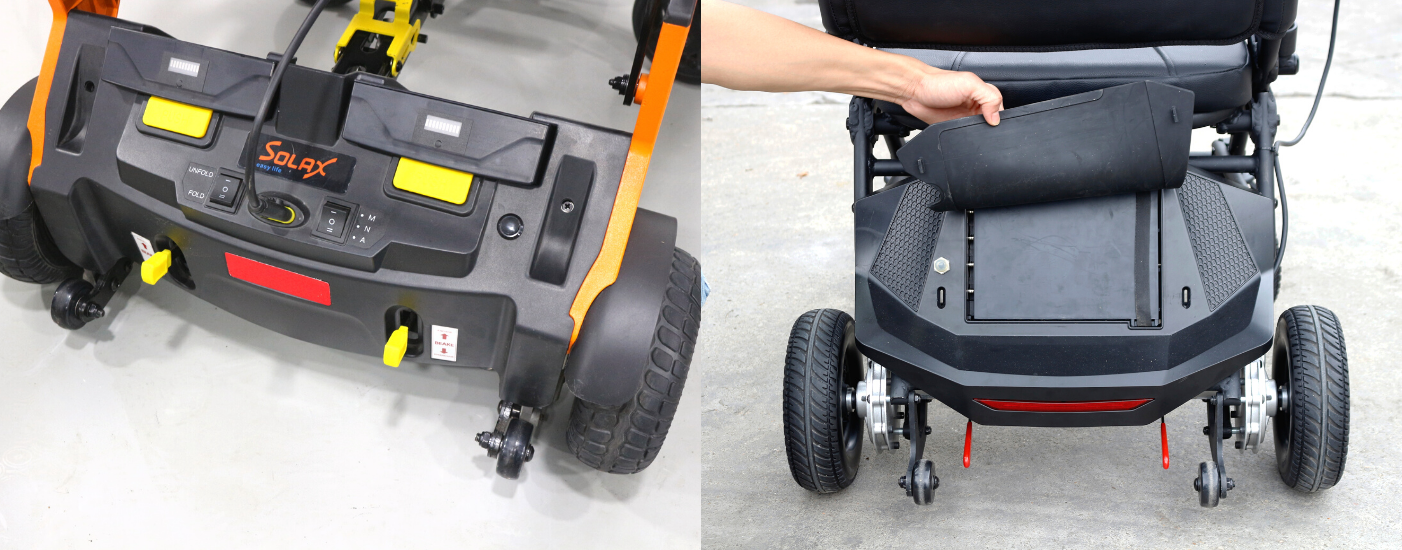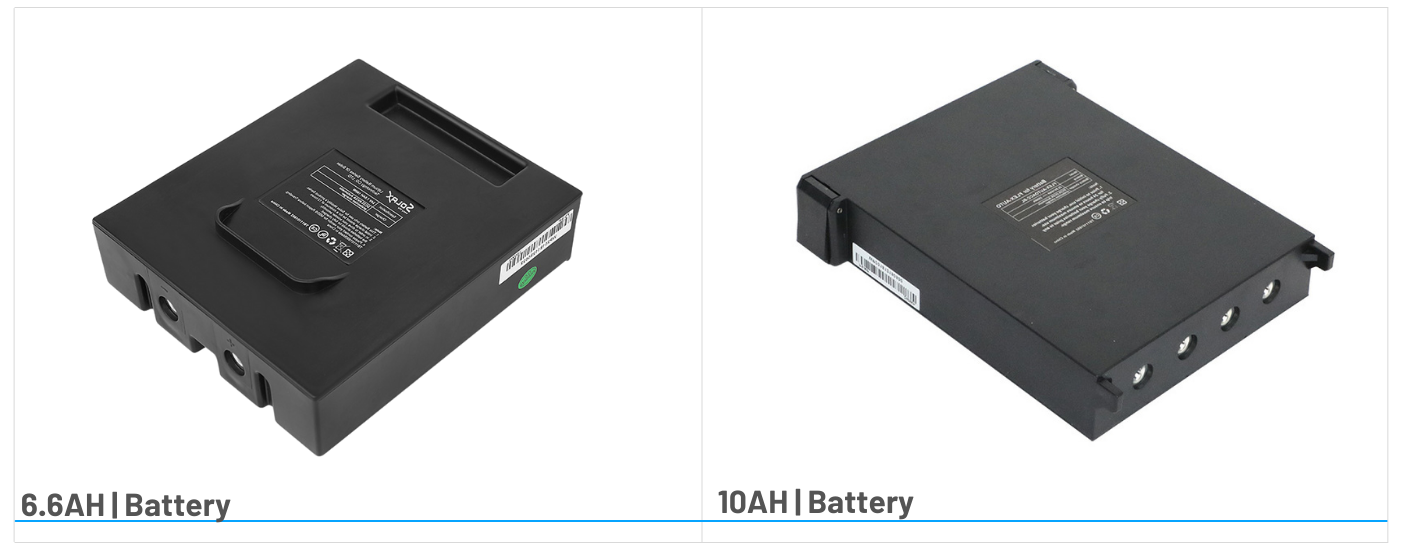
Most batteries contain volatile materials that can be potentially hazardous when not handled properly. The chemicals used inside tend to be toxic and corrosive. They can damage equipment and cause personal injuries if mishandled. For this reason, it’s important to know what type of batteries you can take on planes.
The Transportation Security Administration (TSA) only allows certain types of batteries when it comes to transporting wheelchairs and other mobility devices on planes. On the other hand, the Federal Aviation Administration (FAA) issues and enforces the minimum standards and regulations that must be met. This article provides all the information you need when taking domestic flights within the USA.

Spillable batteries are a type of lead acid battery with a liquid electrolyte. They are only allowed on planes if they remain installed and securely attached to a wheelchair or mobility device. The battery housing must provide protection from damage. In addition, the terminals must be protected from short circuits.
The TSA also requires that the battery is positioned uprightly while on the plane. For more guidelines and instructions, the FAA advises passengers to contact their airline. The airline may need to separate the battery from the wheelchair if the wheelchair cannot sit upright in the cargo compartment. You may also need to make prior arrangements and create extra time for check-in.
According to the Code of Federal Regulations, a non-spillable battery is a type of battery that has no free-flowing liquid. The FAA allows these types of batteries on planes if they are securely attached to the wheelchair, mobility scooter, or any other mobility device.
The terminals must be protected from short circuits, and the battery housing must provide protection from damage. The battery cables can only remain connected if the mobility device is protected from activating. Passengers are allowed to carry only one spare battery. The airline may require strong and rigid packaging and extra measures for the spare battery.

There are two types of lithium batteries available – lithium metal (non-rechargeable) and lithium ion (rechargeable). It’s important to note that lithium metal batteries used in power wheelchairs and other mobility devices are forbidden on planes by the TSA. Therefore, only rechargeable lithium ion batteries are allowed.
However, they must be separated from the mobility device, placed in a protective pouch, and their terminals protected from short circuits. Also, they can only be carried in carry-on baggage and not in checked luggage. The TSA requires that the Pilot-in-command be notified of the battery location inside the cabin.
Our Solax mobility scooter also comes equipped with Lithium-ion. As a result, this product falls within the limits of air travel regulations and can be carried both on planes and cruise ships.
The FAA allows both installed and uninstalled lithium metal and lithium ion batteries on planes with certain limitations. This applies only where personal electronics such as cell phones, laptops, cameras, tablets, and other devices are concerned. Spare batteries can only be carried in carry-on baggage. They must be kept in the aircraft cabin with the passenger.
The FAA requires that battery terminals remain protected from short circuits throughout. This can be done by:
a. Using tape to cover the battery terminals
b. Putting the battery in a battery case
c. Leaving the battery in its retail packaging
d. Using a battery sleeve for battery cameras
e. Putting the battery snugly in a protective pouch or plastic bag
The transportation agency also places limits on the size and quantity of lithium batteries allowed. Passengers can only carry lithium metal batteries with 2 grams of lithium each and lithium ion batteries not rated higher than 100 Wh each. This means that you can carry most of your electronic and charging devices.
With approval from the airline, you can carry a maximum of two spare large lithium metal batteries (2-8 grams) and only two spare large lithium ion batteries (101-160 Wh). These cater to the larger batteries used in aftermarket laptops and professional visual/audio equipment.
Recalled and damaged batteries and devices that are likely to produce heat or create sparks are prohibited. Unless the recalled or damaged battery has been removed or made safe. All batteries carried must be for personal use. Units meant for distribution or resale are not allowed.
For additional information and guidance, the TSA and FAA recommend contacting your airline. This will help you get a clear picture of what the airline requires. For example, some airlines have previously banned specific cell phone and laptop models in the past due to their battery specifications. At Solax, we ensure that every mobility device sold is approved for air travel.
Copyright © 1996-2020 Guangdong Prestige Technology Co., Ltd.
Site Map Privacy Policy & Cookie
Technical Support:Mike MIC